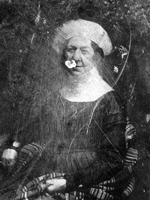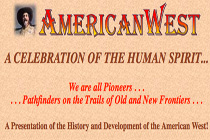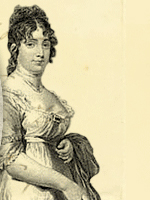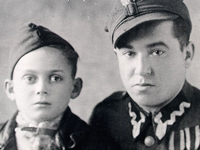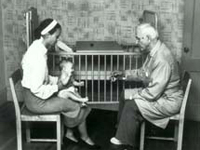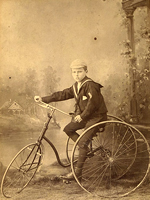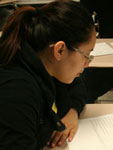Adams Family Papers
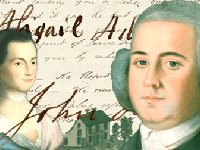
This website offers images and transcription for 1,198 letters in the correspondence between John and Abigail Adams, 51 files from the Diary of John Adams, and 108 files from the Autobiography of John Adams. The correspondence and the diary span the late 18th to early 19th centuries. The correspondence includes such diverse topics as the Continental Congress, European diplomacy, family matters, and the Revolutionary War. In addition to the daily diary entries, The Diary contains financial accounts, copies of letters, drafts of essays, and notes on books and legal cases. John Adam's autobiography is a retrospective narrative of his life up to 1780.
The user can search, browse each collection, or browse all documents by date. Additionally, the site offers a lesson plan based on the correspondence between John and Abigail Adams targeted to the middle school level. Six links are provided to related websites. The website is useful for researching or teaching John and Abigail Adams, particularly those interested in their family life.
